I had the joy of driving the entire length of Mexico’s Baja California last fall. Starting in San Diego, we followed Highway 1 and found many of the bizarre and beautiful plants of Baja California.
The whole way, my eyes were glued to the landscape. Desert plants are pretty weird in general, but Baja California has really outdone itself. We pulled over to inspect weird plants several times per day.
Why Does Baja California Have Such Weird Plants?
Deserts are incredibly harsh ecosystems. These extreme conditions tend to create weird plants, especially compared to the relatively predictable trees, shrubs, and herbaceous plants of temperate parts of the world. You can read more about why desert plants are so wonderfully weird here.
Baja California is also unusual because it’s so geographically isolated. The peninsula is 760 miles long, so there just isn’t a lot of gene flow between most of the peninsula and the rest of the world.
The Weirdest Plants We Saw in Baja California
The cool thing about Baja California is you don’t even have to try to find the weird plants. They’re all over! We did some of our best plant-spotting from the two main north-south highways of the peninsula.

Boojum (Fouquieria columnaris)
This is my favorite of Baja’s weird plants. It’s named after the Boojum from Lewis Carroll’s The Hunting of the Snark.
A member of the ocotillo family, this plant grows as a tall, thin trunk covered in imposing spines. Small, wimpy leaves grow directly out of the trunk.
The plant weaves and curls as it grows. It also only grows in Baja California and a small part of Mexico’s Sonora state.
Giganta Elephant Tree (Pachycormus discolor)
This thick-trunked tree grows on windblown volcano sides. It is generally stunted in appearance, often with branches that extend and droop oddly. It’s got peeled-back bark that reveals a greenish underbark.
The plant is almost completely bare for some of the year. After rain and in the summer, dark green leaves and small pink flowers appear.
This plant is also commonly sold as a Bonsai.
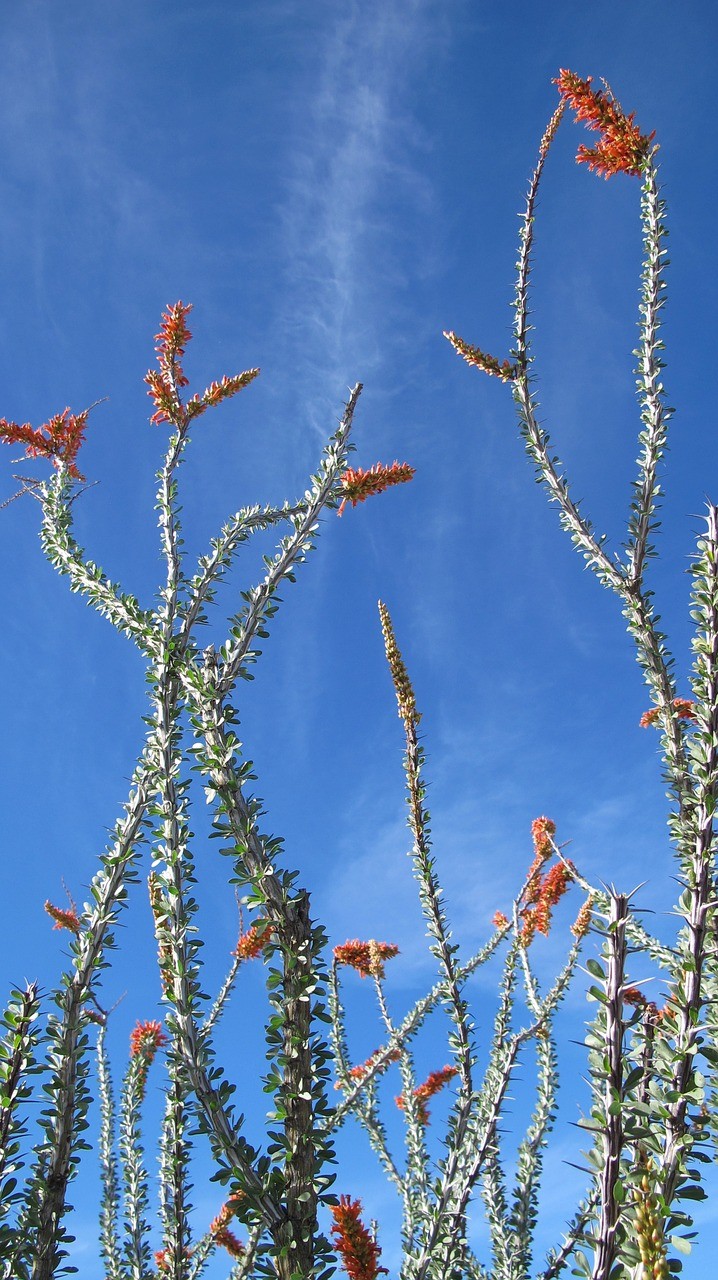
Ocotillo (Fouquieria splendens)
This tall, thin plant sports brilliant red flowers after rainfall. It grows in clumps of several plants that are less than 5cm (3 inches) in diameter and up to 10m (33 feet) tall! This plant, also known as Jacob’s Staff, coachwhip, and desert coaral, is actually found across the southwestern US and northern Mexico.
The plant is not a true cactus, despite its spines. Its light, strong wood makes it a useful walking stick or living fence.
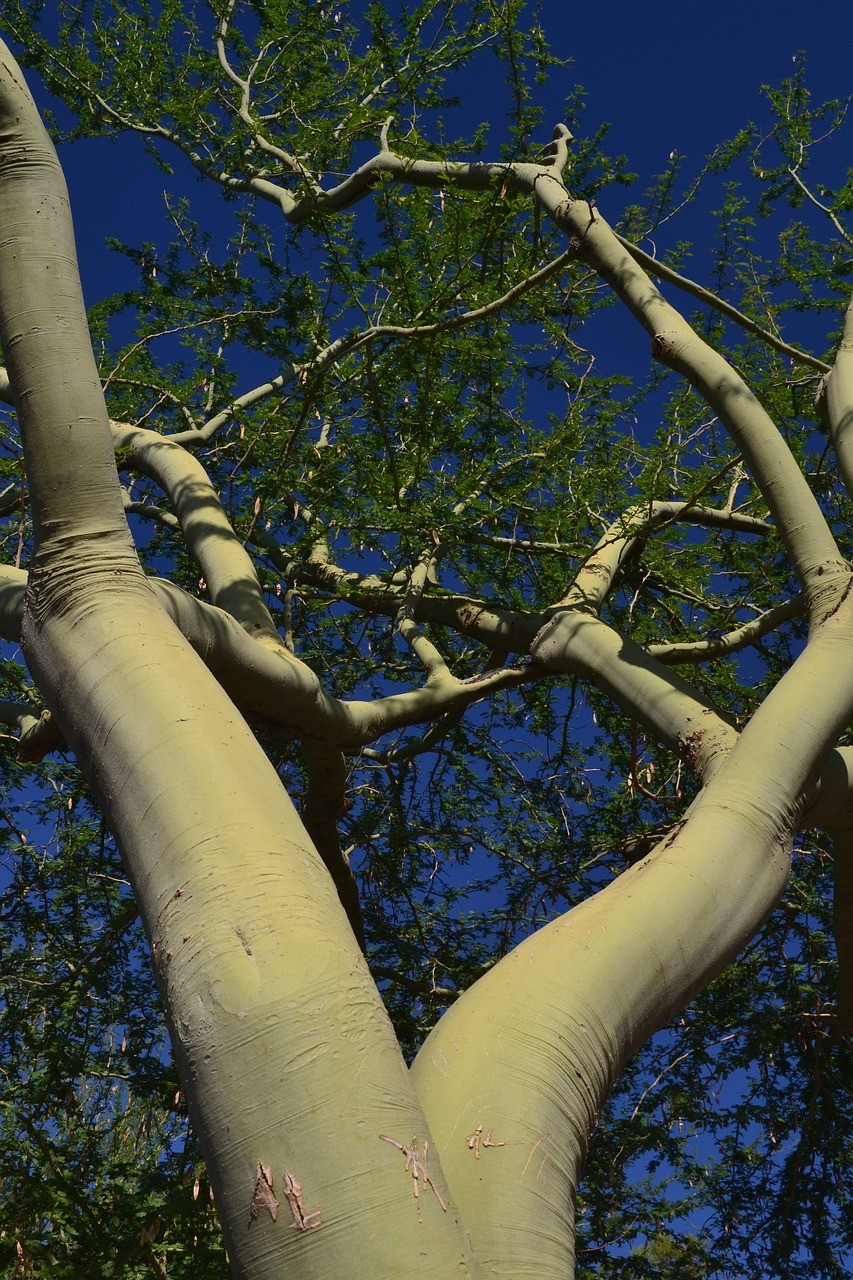
Palo Verde (Parkinsonia spp.)
There are actually several different species of palo verde. They’re all characterized by smooth, bright green bark. They’re often intricately branched and only grow in the deserts of the Americas.
The phrase palo verde literally translates to “green pole” or “green stick” in Spanish. Most of the year, palo verde plants don’t have any leaves at all. Instead, they rely on photosynthesizing from their green bark. Leaves are long and pinnate, and flowers are bright yellow.
We hope you enjoyed some plant highlights from Baja! Please let us know if there are any weird plants we missed.
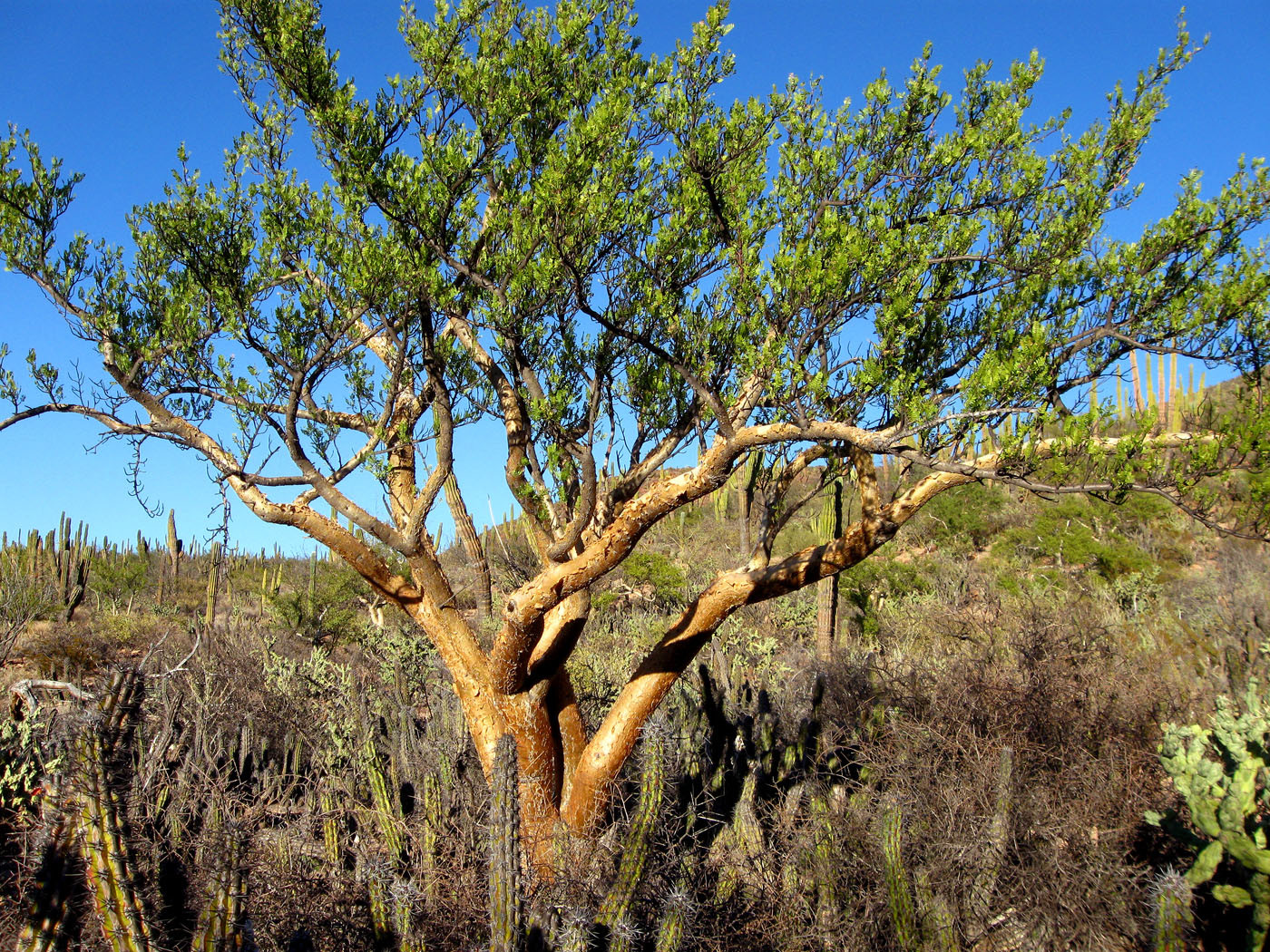










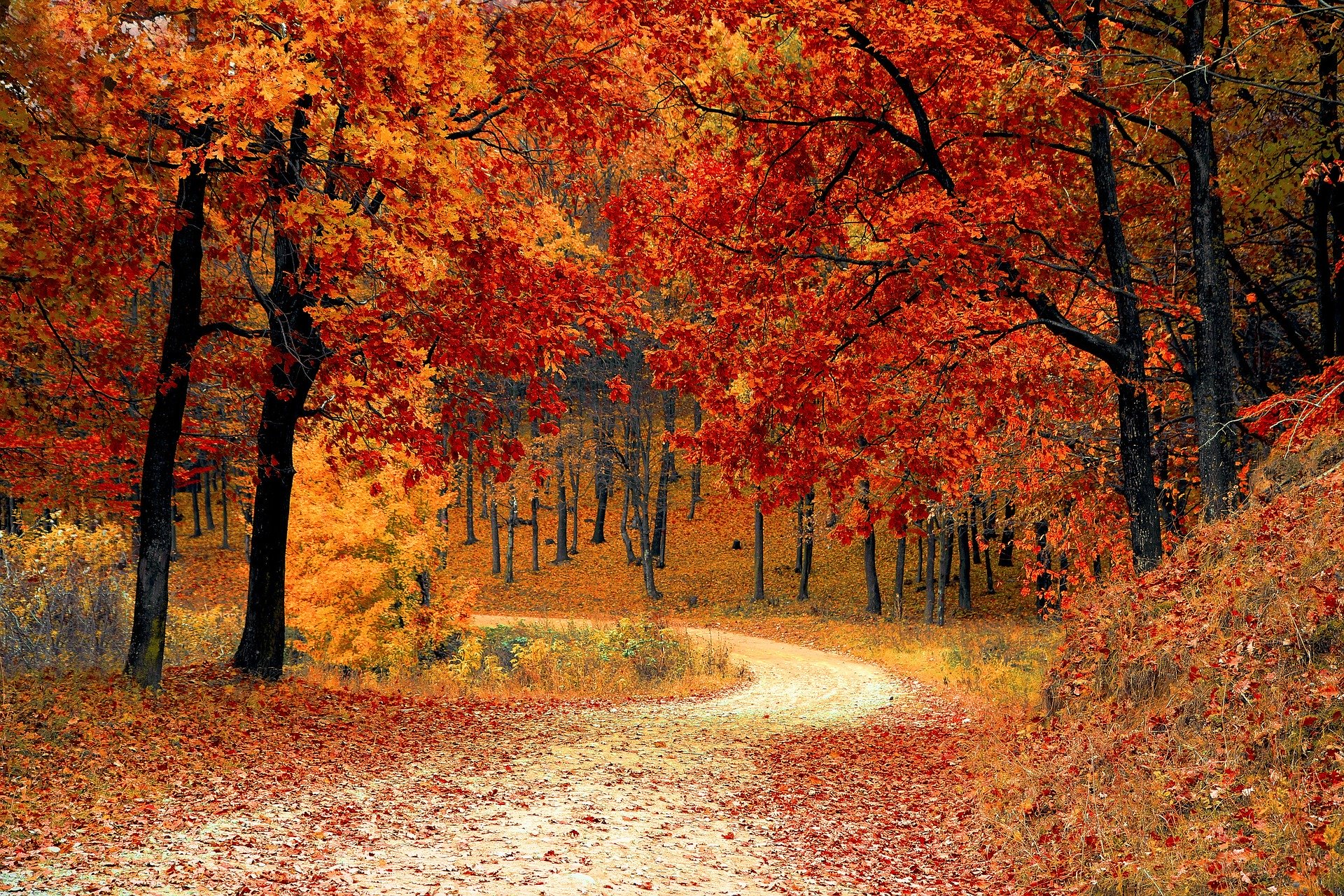
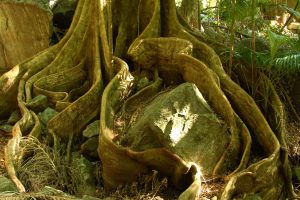

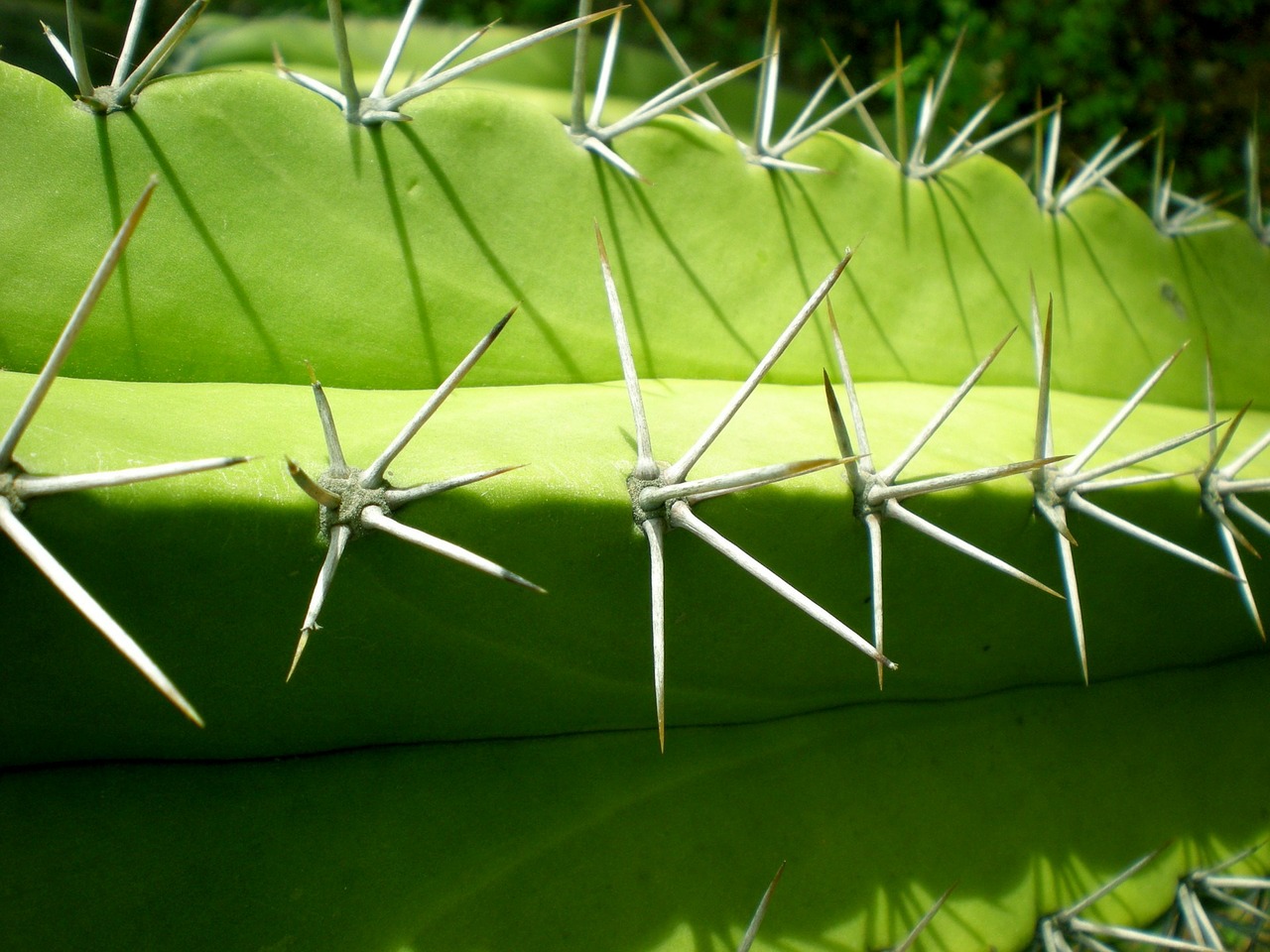
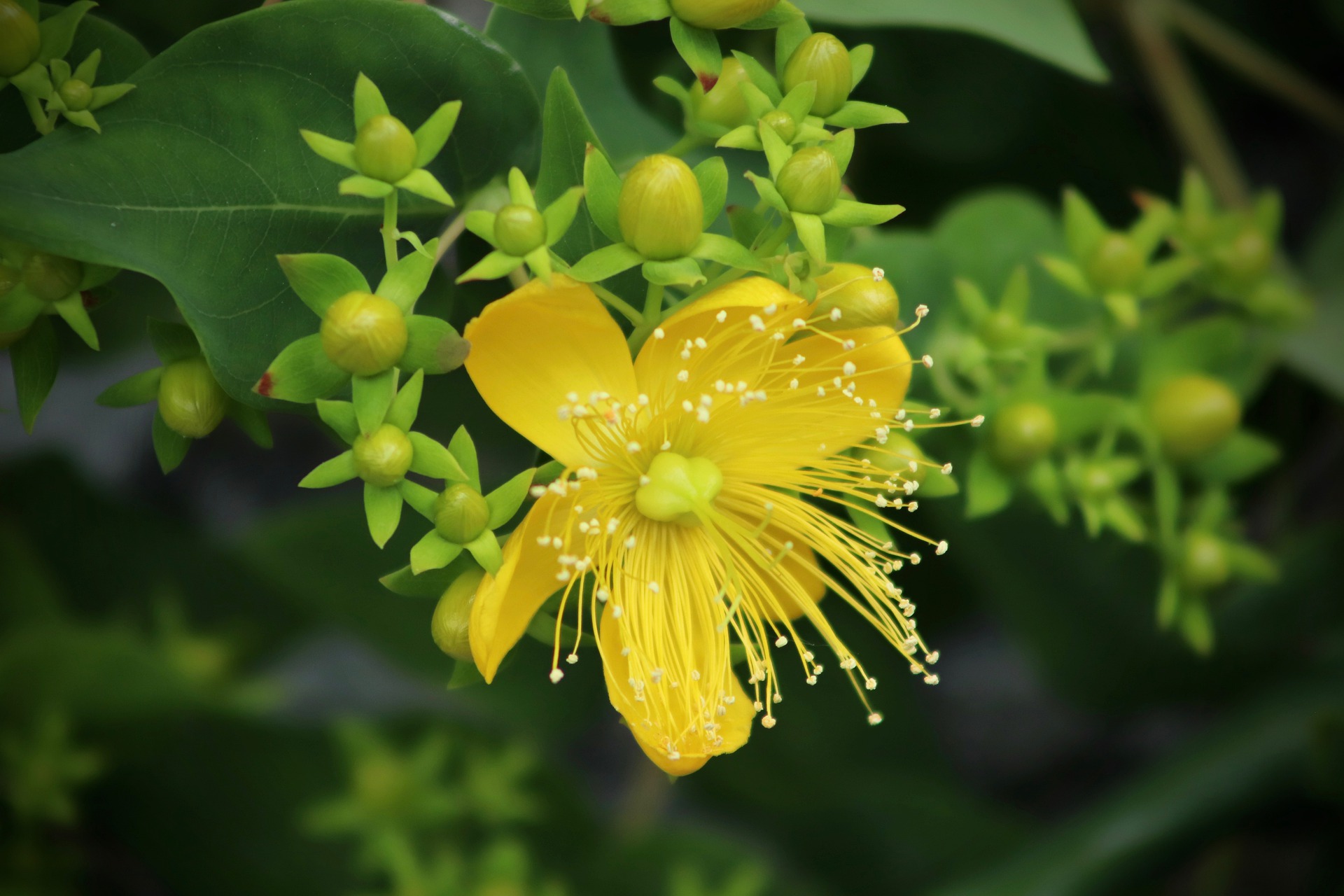
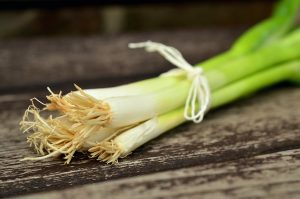
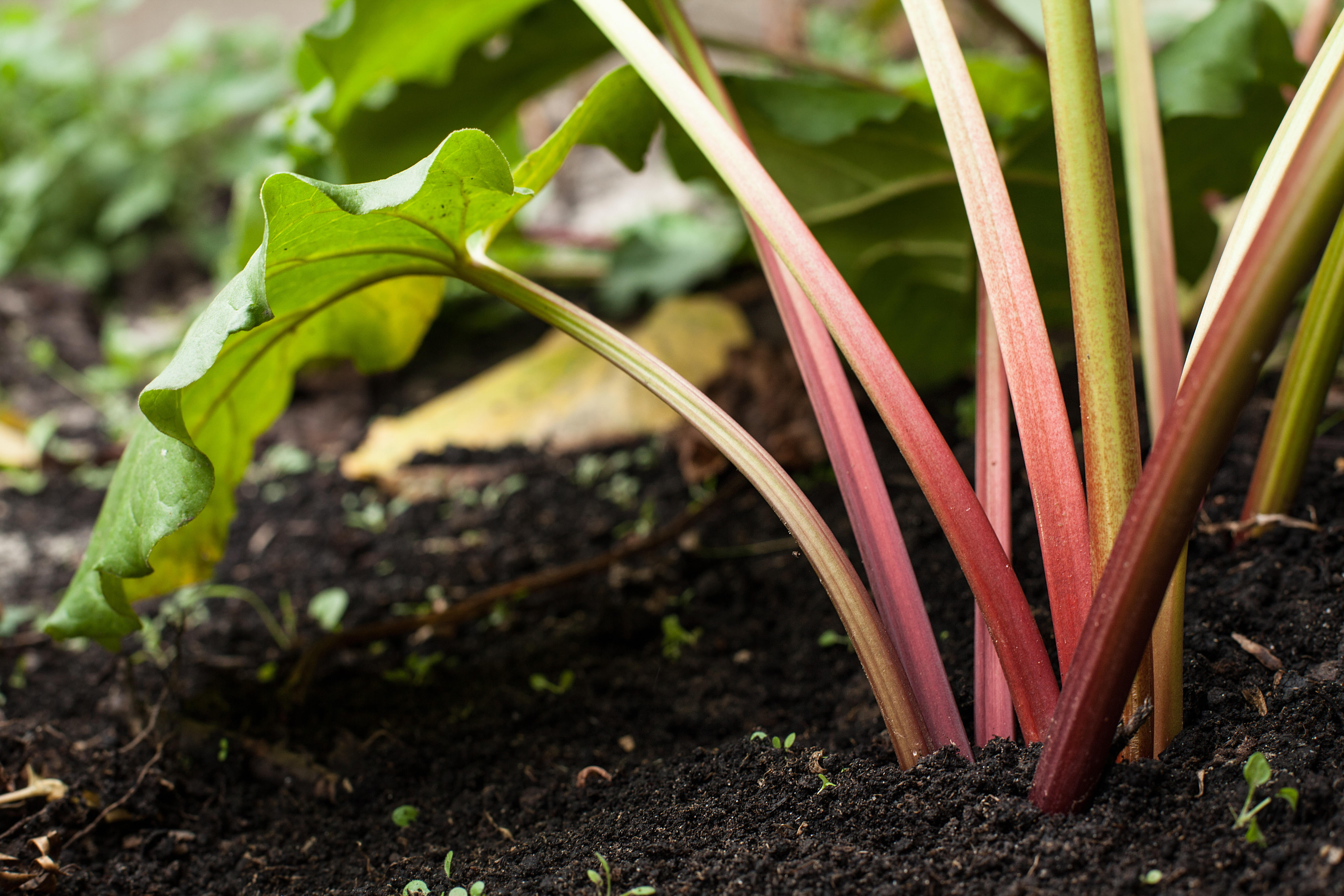

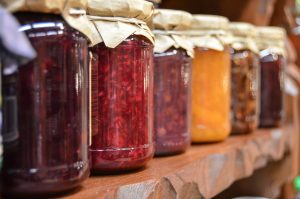

0 Comments